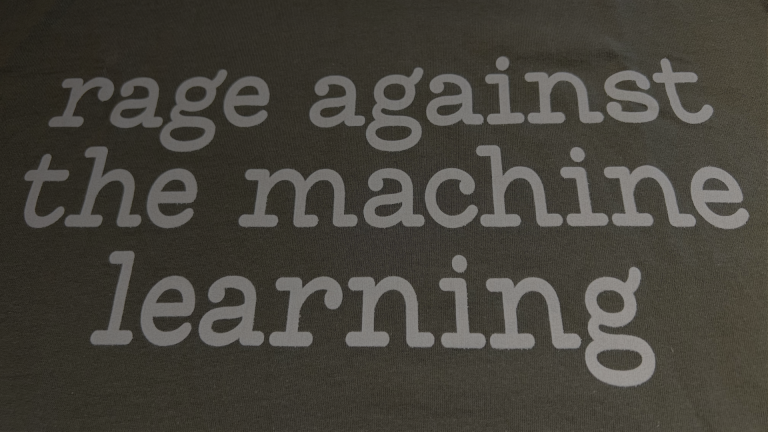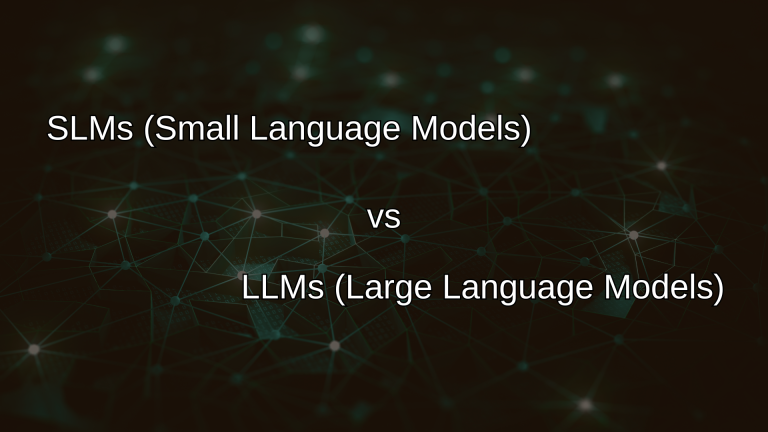How Do People Get Answers in Your Business? That’s Where AI Can Help
Every business runs on questions. Employees need to know how to complete a task, what the latest policy is, or where to find key documents. Customers want answers about products, pricing, or support.
Why Questions Matter
The faster people can find the right information, the smoother your business runs. The slower the process, the more frustration builds, leading to wasted time, lost productivity, and even missed opportunities.
The challenge is that most organizations don’t think of “answering questions” as a business bottleneck. But when you add up the time wasted across your entire company, it can become one of the biggest hidden costs.
Common Frustrations
For employees:
- Searching through multiple systems or platforms just to find a simple answer.
- Digging through long documents or knowledge bases that aren’t written for quick reference.
- Waiting on another department to reply to an email or ticket.
For customers:
- Sitting on hold to get an answer to a basic question.
- Navigating confusing phone menus or FAQ pages.
- Repeating information every time they talk to a different support agent.
These frustrations don’t just impact satisfaction. They slow down operations and increase costs. Employees lose hours that could be spent on higher-value work, and customers lose trust in your business when service feels difficult or slow.
How AI Can Help
This is where AI can have an immediate impact. Modern AI tools don’t just retrieve information; they understand questions in natural language and can deliver concise, useful answers.
- Knowledge assistants for employees: Imagine if your team could simply ask, “What’s our policy on remote work expenses?” and get the correct, up-to-date answer in seconds. AI can pull from internal documents, policies, and databases to provide instant responses, without the hunting and waiting.
- Conversational self-service for customers: Instead of waiting on hold, customers could type or say their question and receive an immediate, personalized answer. For example, an AI assistant can handle 80% of routine inquiries—like billing questions, password resets, or shipping updates—while escalating complex issues to human staff.
- Smarter escalation: When a question does require a human, AI can pass along all the context—what the person already asked, what the system has already checked—so employees don’t have to start from scratch. This makes handoffs seamless and faster.
The result is a smoother, faster experience for everyone: employees get time back, and customers feel taken care of.
Why Start with the Frustrations
It’s tempting to jump straight into solutions: “We need a chatbot” or “We should add a new knowledge base.” But unless you understand where people are getting stuck today, you risk building a tool that doesn’t solve the right problem.
That’s why one of the most important questions in shaping an AI strategy is:
How do employees and customers currently get answers, and what frustrates them about it?
When you focus on the frustrations first, you uncover the pain points that AI is best suited to fix.
Your AI Journey Begins Here
Answering questions quickly and accurately is one of the foundations of an efficient business. By identifying the gaps in how employees and customers find information, you can design AI solutions that reduce frustration, improve service, and unlock productivity.
That’s why this question is so powerful. It’s simple, but it reveals opportunities that can transform both the employee and customer experience.
So ask yourself: How do people in your business get answers today? The answer to that question can help you shape your AI strategy.







